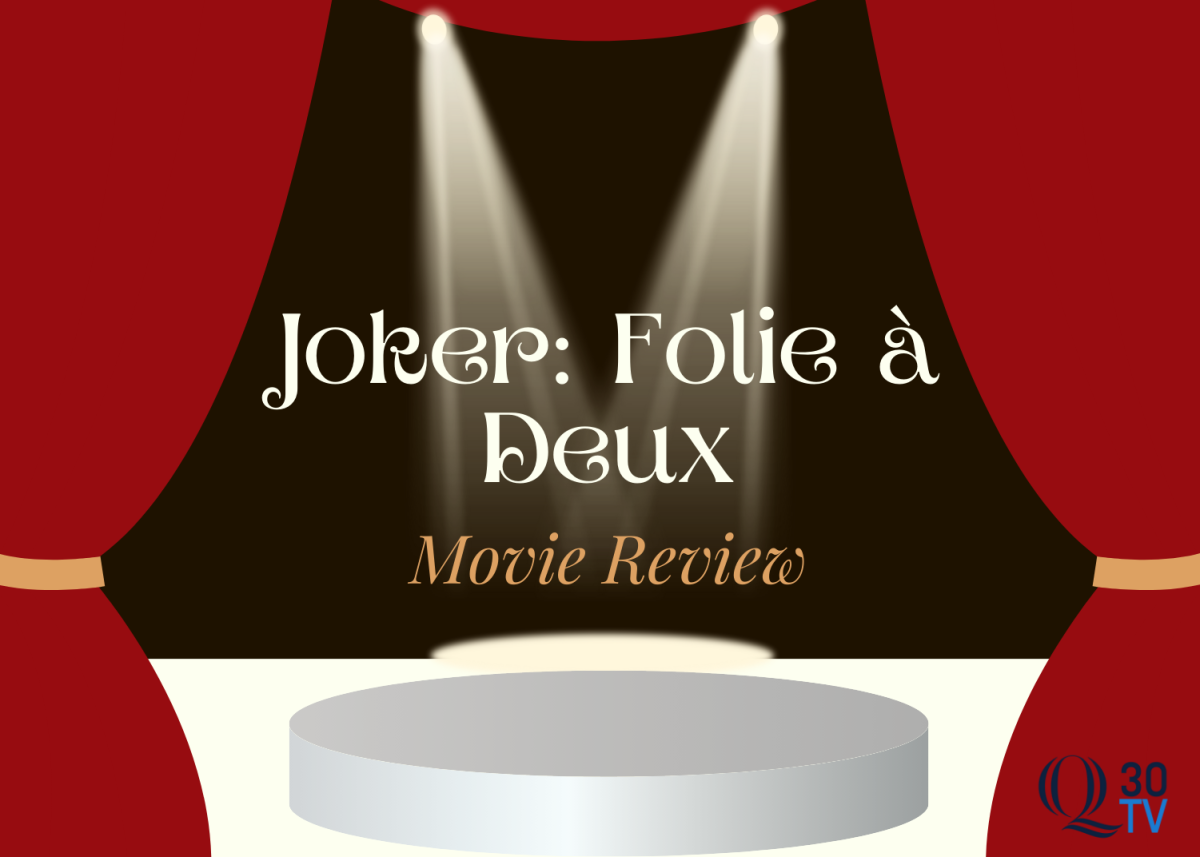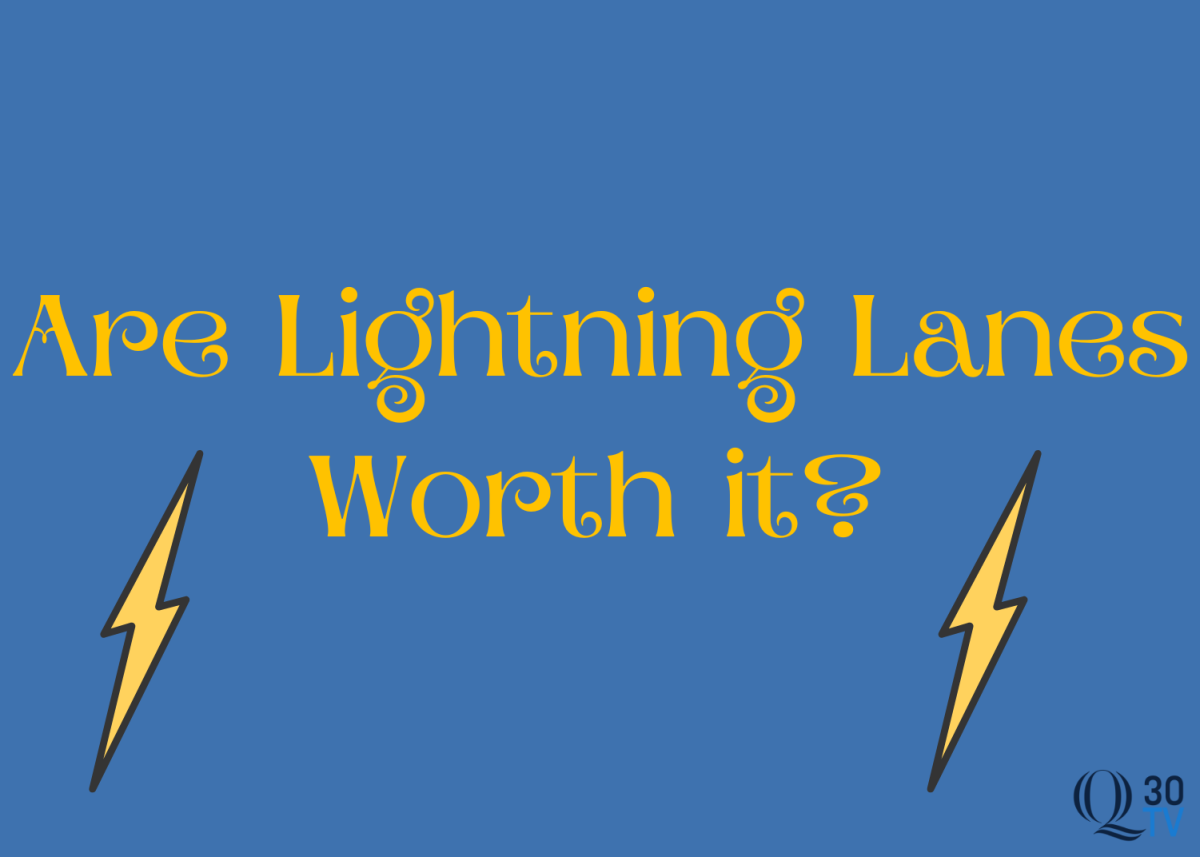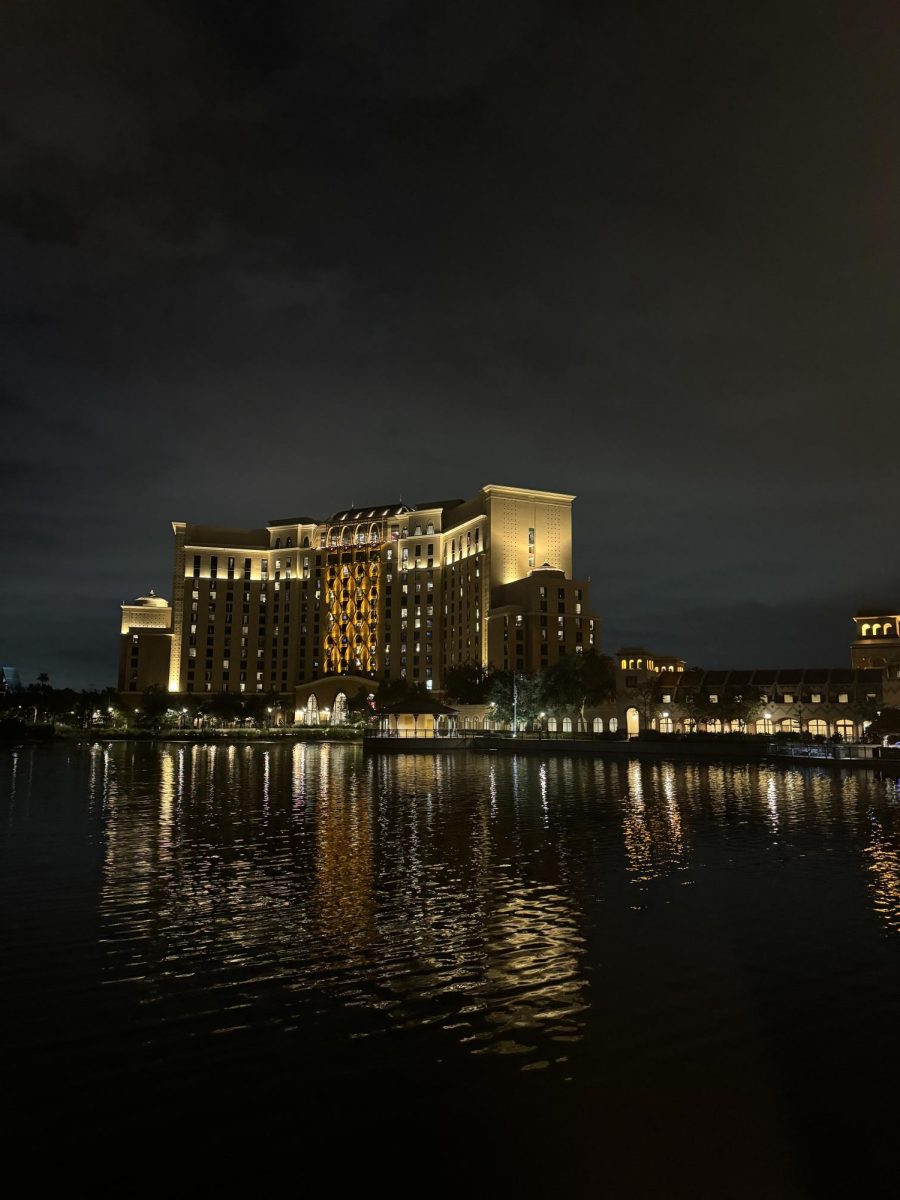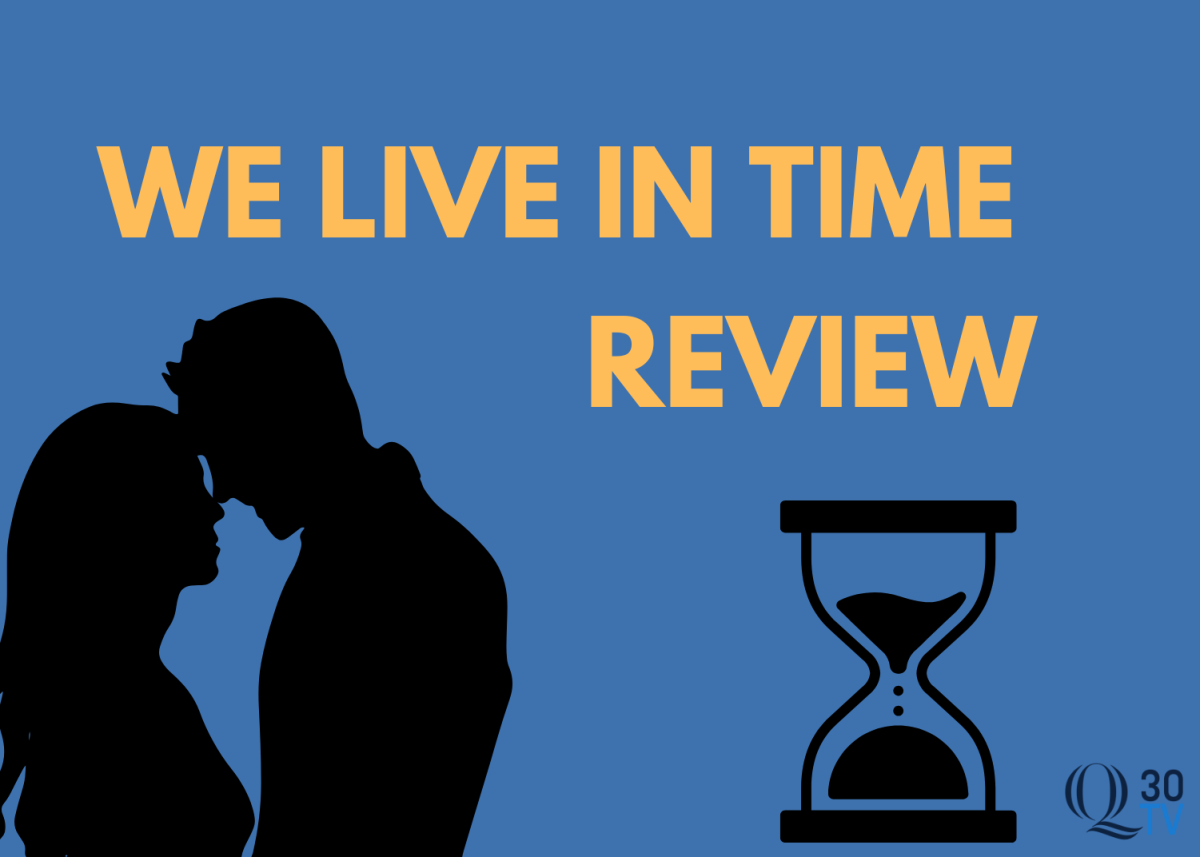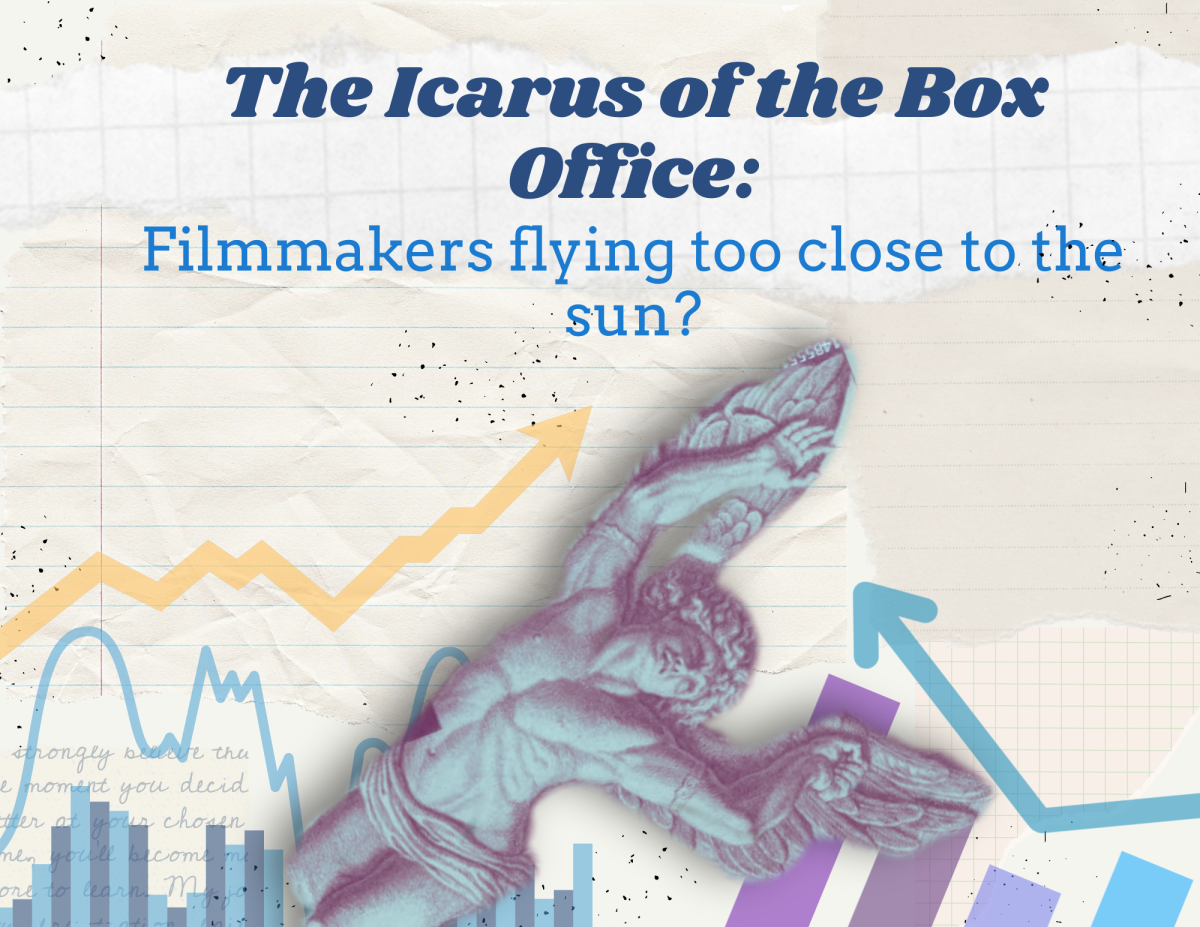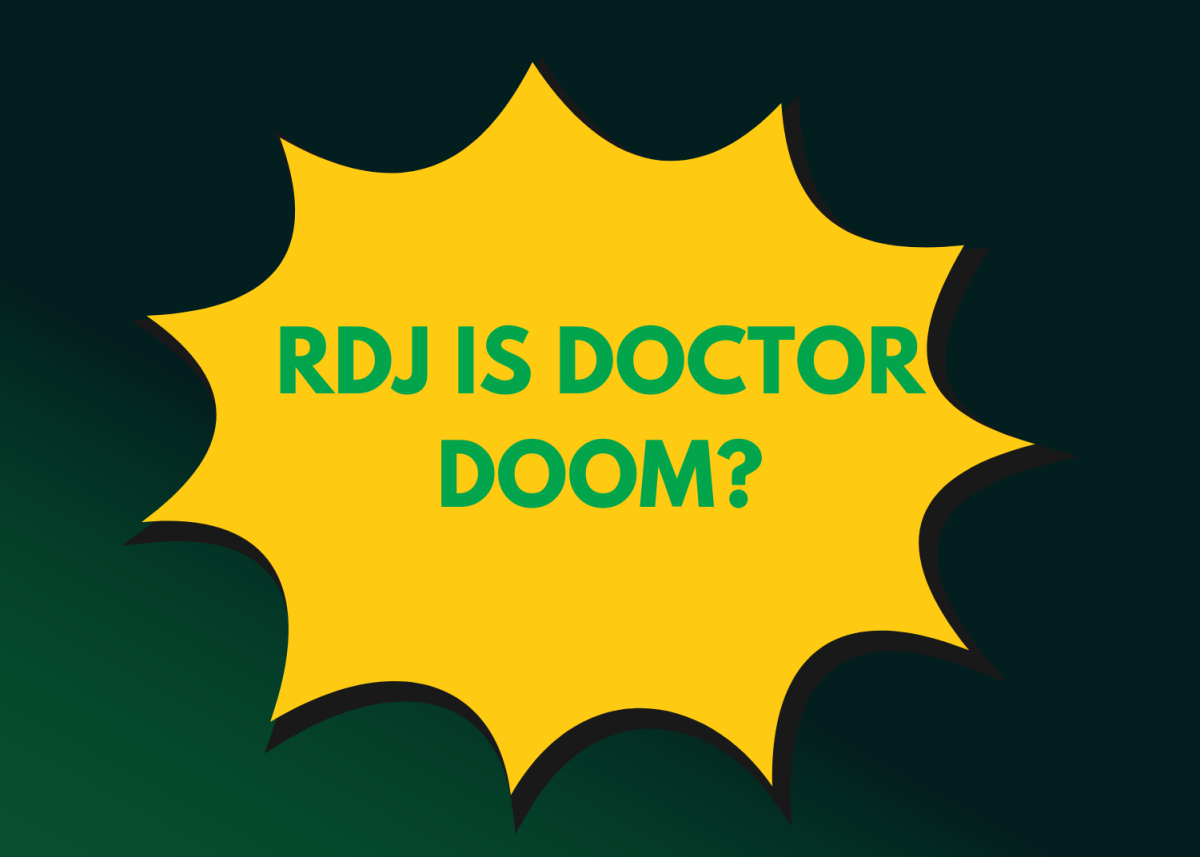“Joker: Folie à Deux” follows Arthur Fleck as he struggles to discern who’s his true identity, himself or Joker while navigating Gotham’s trial of the century. But while imprisoned at Arkham State Hospital, he meets and falls in love with Harley Quinn. The two then embark on a bad romance. The film is directed by Todd Phillips, returning from the original. Phillips is most known for the “Hangover” trilogy.
Visually striking and with so many strong compositions, “Joker: Folie à Deux” is a blast to look at. The contrast of bright, warm colors to show Fleck’s fantasies with the hard, dark colors to emphasize the pain and confinement of his reality is potent. The timeless 1950s-1970s era of Gotham creates so many grimy yet gorgeous sets. The costume designs also provide an exquisite amount of texture to the piece. The incorporation of music, especially in the musical scenes as a way to showcase characters’ mindsets, was very strong at points. The musical scenes did feel very hit-or-miss, which is fitting for the rest of this movie.
The film’s first act is its strongest, which leads to the film’s pacing feeling more disengaging as time goes on. The more stylized world of “Joker: Folie à Deux,” compared to its predecessor, draws you in but doesn’t keep you there as time goes on. “Joker: Folie à Deux” also feels like it has less to say than the original regarding mental health and society’s treatment of those who are different. With the film’s ending, it causes “Joker: Folie à Deux” to feel more shallow in comparison.
Much like the original “Joker,” this film wears its influences on its sleeve. The “One Flew Over The Cuckoo’s Nest” and “The Shawshank Redemption” vibes are in full swing.
Joaquin Phoenix disappears into the character of Fleck/Joker once again in another horrifying, yet sympathetic performance. Lady Gaga continues to build her acting career with another strong role, matching and even surpassing Joker’s freak while carrying complexities of her own. Brendan Gleeson also plays a pivotal role as a scummy Arkham guard, whose stern presence clashes with Arthur so well.
Where the film draws interest is in the deciphering of fantasy and reality. This plays on the fragmented pieces of Fleck’s mind. This all comes into play in the film’s ending, which feels imperative to discuss on so many fronts.
SPOILERS AHEAD
Those who have seen this film witnessed Fleck’s fate. An inmate shanked Fleck in Arkham because he betrayed his “fans,” making way for a new Joker to fill the shoes Fleck never could. This is juxtaposed with Quinn killing Joker in Fleck’s fantasies, officially killing both parts of Fleck and ending this story. Fleck was on trial to determine what the ending of the film accomplished. However, there might have been more effective ways to get that point across.
To pose an alternative scenario, what if instead of being shanked by a Joker we’ll never see, Fleck died by the electric chair? Fleck and Joker’s entire mission is to combat society and its lack of empathy, so wouldn’t a perfect way for Fleck’s story to end is that society in a mandated killing ends his life? Fleck’s character is meant to be sympathetic. His receiving such a brutal death would’ve left the audience with a different level of gut check.
Another alternative scenario would be Quinn killing Fleck on the famous steps. Fleck dying in the place he felt most alive would be extremely poetic. Like Walter White in “Breaking Bad” dying in a meth lab. However, Phillips wanted to subvert expectations. So perhaps having the society that took everything away from Fleck fry him would’ve been a better move.
SPOILERS OVER
A major complaint about modern comic book and franchise films is that they lack originality and when you leave the theater you end up feeling nothing. Regardless of what someone thinks about this film, it provides you with a lot to discuss and ponder. Phillips leaped with the “Joker” franchise which brought very mixed results. But it was a successful endeavor in showing that you can do different things with these beloved characters.


